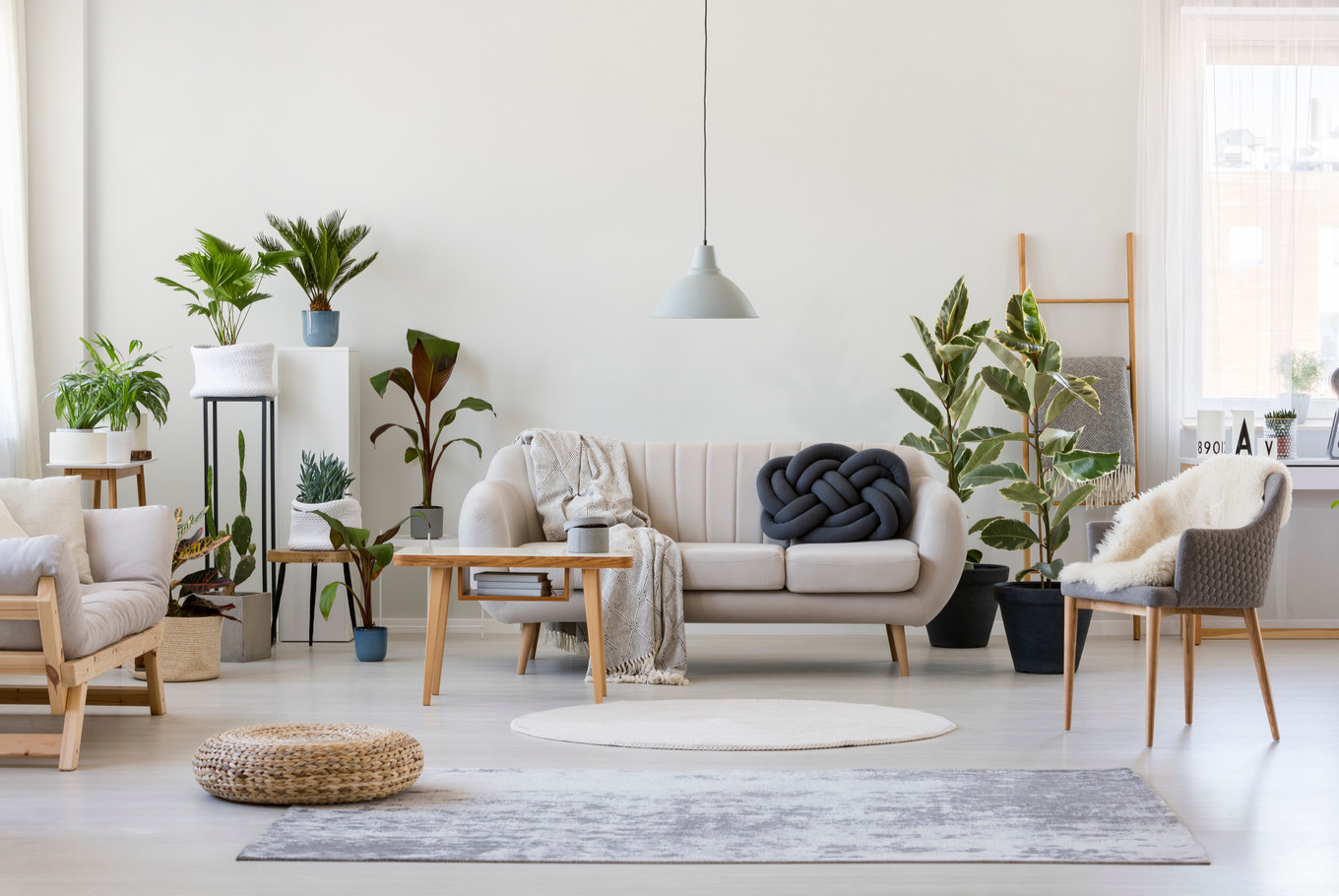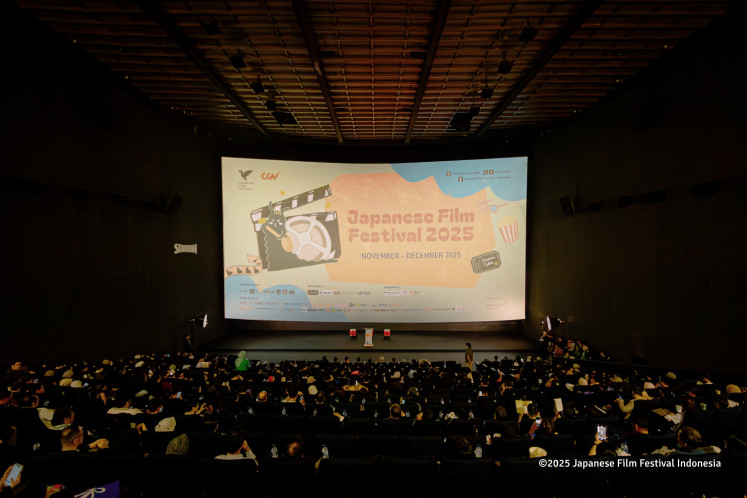Popular Reads
Top Results
Can't find what you're looking for?
View all search resultsPopular Reads
Top Results
Can't find what you're looking for?
View all search resultsHome and living in Industry 4.0: Abundant opportunities with challenges
A spacious house of hundreds or even thousands of square meters is out of the question for most people today. More often than not, people have to be satisfied with cluster houses and studio apartments that are roughly 30 square meters in area.
Change text size
Gift Premium Articles
to Anyone
I
s avocado toast the real culprit behind why millennials have been slow to buy homes, as claimed by property magnate Tim Gurner? Or is it coffee? I asked myself this question as I observed how young people in the company are willing to spend an average of Rp 25,000 (US$1.78) for a cup of coffee every day. Multiply that by twenty working days and you get quite a considerable amount of money spent on caffeine intake.
That very moment a realization struck me: Times have changed, and so has people’s spending behavior. Taking a walk down memory lane, I recall how my friends and I were rallying to afford cars and eventually houses after plunging into work life. Now, the tables have turned and young adults are more enthusiastic about investing in experience. Cars and houses are deemed liabilities and inconveniences, especially taking into account the long years of installment plans. Instead, backpacking their way through Machu Picchu or savoring the crème de la crème of experimental cuisines seem to be the favored choices of splurging the hard-earned money.
With these in mind, I have arrived at one conclusion: While coffee and avocado toast partly contribute to why having homes are a dream far away for millennials, the skyrocketing real estate prices in 2012 may be a factor in the reluctance of investing in property. House prices in general have experienced a monumental, unreasonable increase. No matter how much we earn, a mortgage is persistently waving its hands in front of us.
That being said, having a spacious house of hundreds or even thousands of square meters like those of our parents’ is out of the question nowadays. More often than not, people have to get by and be satisfied with cluster houses and studio apartments that are roughly 30 square meters in area.
To quote Charles Darwin, adapting is the only acceptable way to survive in this jungle. For those working in the home and living sector as well as interior designers, this predicament presents both challenges and opportunities. How do they turn the so-called “shoebox apartments” into a livable and cozy space? If back in the day loose furniture was all it took to “decorate” our parents’ houses, now the interior design is the answer to overcome limited space concerns. Design combined with technology can conquer budget concerns and lack of space. Given the surge in middle class earnings, more opportunities lie ahead for this field.
These opportunities are not restricted to residential needs; interior design is also encountering a major shift on the commercial side. In the 2000s, interior design services were popular only in affluent and prominent establishments, such as renowned restaurants. These days, however, even instant noodle stalls are raising the bar and getting their places designed and decorated. In the aftermath, people are more than happy to pay thrice the normal price of instant noodles as long as they enjoy the ambiance of the joints. Restaurants have shifted to places where people come together to catch up and unwind, not merely stalls providing food. It safe to say that people enjoy cute places more than scrumptious meals.
Industry 4.0 enables efficient procurement and production processes. This new era promotes the notion that every procedure is interconnected and, if performed right, budget constraints can be minimized. We are the direct witnesses of technology advancing in a relatively short period of time; letters evolved into electronic mails and short message service (SMS) progressed to mighty messaging applications such as WhatsApp. Exchanging messages and pictures is a breeze. Applying technology to manufacturing process gets us one step closer to being less dependent on labor and thus cutting overhead costs.
Aside from maximizing manufacturing, software for simplifying design processes serves as the focal point. With an all-around tool, interior designers need not worry, as they can manage multiple projects and tasks under one application. What is more, they can calculate the exact prices for projects and communicate with all parties (vendors and contractors) with ease.
The only constant thing is change, and although the definition of “convenient houses” may experience a change in meaning over time, everyone is entitled to shelter. Aided with technology and creative minds, dream houses are not merely dreams that are out of reach. At the end of the day, we are making sure that coffee and avocado toast will not deprive people of the great home-owning experience. (wng)
***
The writer is the chief executive officer at Dekoruma. He aims to put a stop to inefficiencies in the home and living industry.












